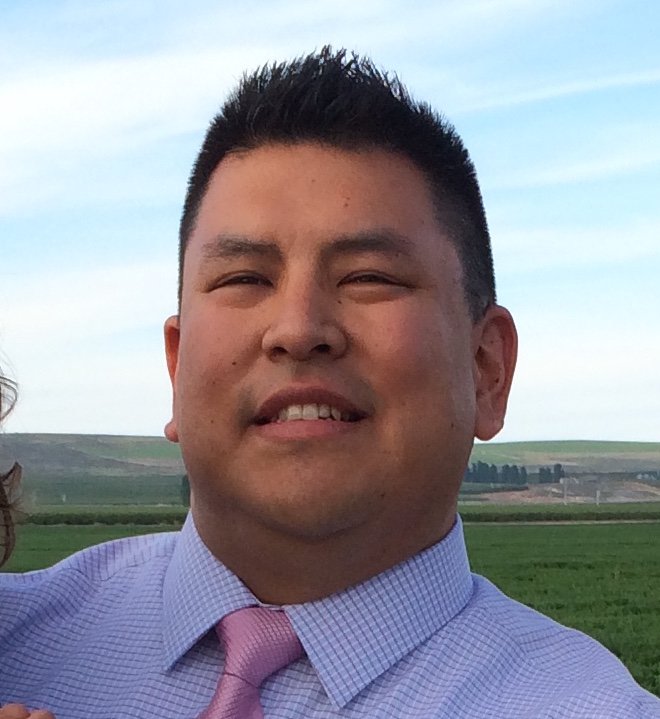A Trip to Washington, and a Puzzler
From time to time, we travel to Washington DC to meet with friends, supporters, and collaborators. Last month, Sara, Craig and I visited collaborators at 18F (the Federal team dedicated to improving government websites), the National Archives (our collaborators on the Oyez project), the Justice Department, and the House of Representatives, and some of you, as well as with friends and helpers among the Cornell Law School’s many alumni who work in the city. As always, we got a ton of useful suggestions about things we can do to help people find and understand the law — either new things, or things we already do that can be improved. And it seems that the subject of law and cybersecurity is very much on everyone’s mind — that was good news, as we are planning a few special events on that theme for our 25th-year celebration in 2017.
For me, the centerpiece of the trip was a day spent at the Fourth International Conference on Legislation and Law Reform, held at the World Bank’s headquarters. I had the honor of being the first person to speak to that group about use of online legislation by the general public. Non-lawyers are now a majority of the users of every web site that publishes legislation (at least, of the ones that measure such things), and those who draft and publish law are beginning to take note. For example, legislation.gov.uk and the UK Office of Parliamentary Counsel have created the “Good Law” project to make legal language easier to understand, and here at the LII we’ve done a joint study with researchers at the Australian National University to study readability of legislation. The most gratifying part of the experience for me was that the conference organizers — who thought the topic experimental when it was proposed — are now planning future sessions on making legislation more understandable for the public.
The Puzzler
I thought it might be fun to challenge our readers with a puzzle I posed for the audience at the conference. After all, what else do you have to think about during the holiday season?
Here is the current, valid version of 4 USC 1:
The flag of the United States shall be thirteen horizontal stripes, alternate red and white; and the union of the flag shall be forty-eight stars, white in a blue field.
That’s right. 48 stars, in the most current version of the law. We get several e-mails each year loudly telling us just how dumb lawyers must be if they don’t know there are 50 states in the US — and they sort of have a point. There’s nothing confusing or unclear about that language — but it creates an enormous amount of confusion.
The first person to write to me with a convincing explanation of how this can possibly be good current law wins a shout-out in the next newsletter and the eternal gratitude of any number of teachers of legal research who will have a lot of fun using this in class. Extra credit if you manage to figure out what happened to Alaska… and why someone thought all this confusion was necessary in the first place.



 Back in June
Back in June  Kimball Bighorse chose Stanford University because its well-known Native American program draws students from many tribes.
Kimball Bighorse chose Stanford University because its well-known Native American program draws students from many tribes.